Digital Signatures vs. Electronic Signatures: What’s the Difference?
What is a digital signature? How does it differ from an electronic signature? What are the key differences in how they are used in Canada and elsewhere? You’ll find all the answers in this article, as well as advice on which one you should choose.
The terms “electronic signature” and “digital signature” are often used interchangeably. Despite their overlapping similarities, there are important differences between them. Read on to learn more.
E-signatures and digital signatures are electronic versions of traditional pen-and-paper signatures, often referred to as “wet” signatures from applying wet ink to a dry surface. Signatures have been used for centuries to identify the signer of a document, which can have important legal implications, especially when signing an important document like a contract.
Given the shift to digital technology, it’s no wonder that e-signatures are increasingly popular. The Government of Canada has had laws in place governing the use of e-signatures since the mid-1990s that align with other signature laws around the world (more below).
What is an electronic signature?
In Canada, part 2 of the Personal Information Protection and Electronic Documents Act (PIPEDA) establishes electronic equivalents to paper-based documents and signatures. Part 2 defines an e-signature as “a signature that consists of one or more letters, characters, numbers or other symbols in digital form incorporated in, attached to or associated with an electronic document.” It goes on to state a few examples:
- Using a username and password to log in to a specific application to complete an action
- Using a stylus on a screen to electronically capture a handwritten signature
- Typing a name at the end of an email or into a name field
- Clicking on an acknowledgment button to capture intent
- Scanning a handwritten signature on a paper document
- Recording an audible answer to a question
PIPEDA also has special provisions for a class of e-signatures called “secure electronic signatures,” which use asymmetric cryptography. These special signatures are needed for:
- Documents used as evidence or proof
- Seals
- Original documents
- Statements made under oath
- Statements declaring truth
- Witnessed signatures
Electronic signature laws in other parts of the world
- Electronic signatures must be linked to the electronic documents that are being signed
- The technology used must be able to show whether the document has been changed in any way after it was originally signed
- E-signatures must be linked to the signer in some way, i.e., identifying the signer through an authentication process
- Signers must be able to retain a unique signature key that proves who signed the document
When these conditions are met, an e-signature will most likely be legally binding in most jurisdictions.
e-Signatures in the United States
Two main laws govern e-signatures in the US. The Uniform Law Commission introduced the UETA (Uniform Electronic Transactions Act) in 1999, which has been adopted by most states. In 2000, the US federal government passed the ESIGN (Electronic Signatures in Global and National Commerce Act), a law meant to make adopting electronic signatures nationally easier.
According to these laws, electronic signatures can be used for nearly every business transaction, whether an in-person or online transaction, as long as all parties agree to use them. They also state that electronic format is not a valid reason to contest the validity or enforceability of an e-signature.
What is a digital signature?
The concept of a digital signature is technical, not legal. In general, depending on applicable law, digital signatures are a type of electronic signature that fulfills certain criteria to provide the highest level of security and trust and therefore be accepted more widely.
Digital signatures, like handwritten signatures, are unique to each signer and document, like a fingerprint. In North America, digital signatures tend to follow a specific protocol called Public Key Infrastructure (PKI). This technology generates two numbers called keys, one of which is public and one of which is private. These keys are linked to their owners using digital certificates, which act like passports to a digital ecosystem. These certificates are issued by certificate authorities, or CAs, which are third parties that have been deemed reliable for ensuring key security and can provide the necessary digital certificates.
E-signature software that uses PKI technology effectively identifies the signer of a particular document, encrypts all data, and applies a unique timestamp when the document is signed. If the document changes after the signature is applied, the digital signature is invalidated.
In Canada, the Secure Electronic Signature Regulations use the term “digital signature” in the definition of secure e-signatures. Therefore, digital signatures and secure e-signatures are more or less the same, since they:
- Use asymmetric cryptography
- Use public key infrastructure (PKI) to manage private keys and certificates
What’s the difference between digital signatures and electronic signatures?
Subject to any local laws stating the contrary, an e-signature is “one or more letters, characters, numbers or other symbols in digital form incorporated in, attached to or associated with an electronic document” for the purposes of signing that document.
Digital signatures are a subset of electronic signatures that meet specific criteria. In short, when someone says digital signature, they probably mean a special kind of e-signature with additional security. In Canada, they could also be referring to a secure electronic signature.
Electronic vs. digital signature: how do you know which one you need?
Electronic signatures are easier to use than ever thanks to powerful, cloud-based e-signature software. If you need advice on using electronic signatures in Canada or an e-signature app for your business, our eZsign team would be more than happy to assist you. Get in touch with us today and speak to an e-signature expert about what you need and how our solution can help, with a free trial to get you started at no cost. We also offer an integrated payment solution for collecting deposits, advances, or settling entire bills. You’ll be pleasantly surprised by eZsign’s affordable price.
Share |
Related Posts



Thank you for your sharing. I am worried that I lack creative ideas. It is your article that makes me full of hope. Thank you. But, I have a question, can you help me?
Can you be more specific about the content of your article? After reading it, I still have some doubts. Hope you can help me.
I don’t think the title of your article matches the content lol. Just kidding, mainly because I had some doubts after reading the article.
Thanks for sharing. I read many of your blog posts, cool, your blog is very good.
Thank you for your sharing. I am worried that I lack creative ideas. It is your article that makes me full of hope. Thank you. But, I have a question, can you help me?
Can you be more specific about the content of your article? After reading it, I still have some doubts. Hope you can help me.
Thanks for sharing. I read many of your blog posts, cool, your blog is very good.
Great delivery. Outstanding arguments. Keep up the amazing
spirit. https://Lvivforum.Pp.ua/
Can you be more specific about the content of your article? After reading it, I still have some doubts. Hope you can help me. https://www.binance.com/cs/join?ref=S5H7X3LP
Can you be more specific about the content of your article? After reading it, I still have some doubts. Hope you can help me.